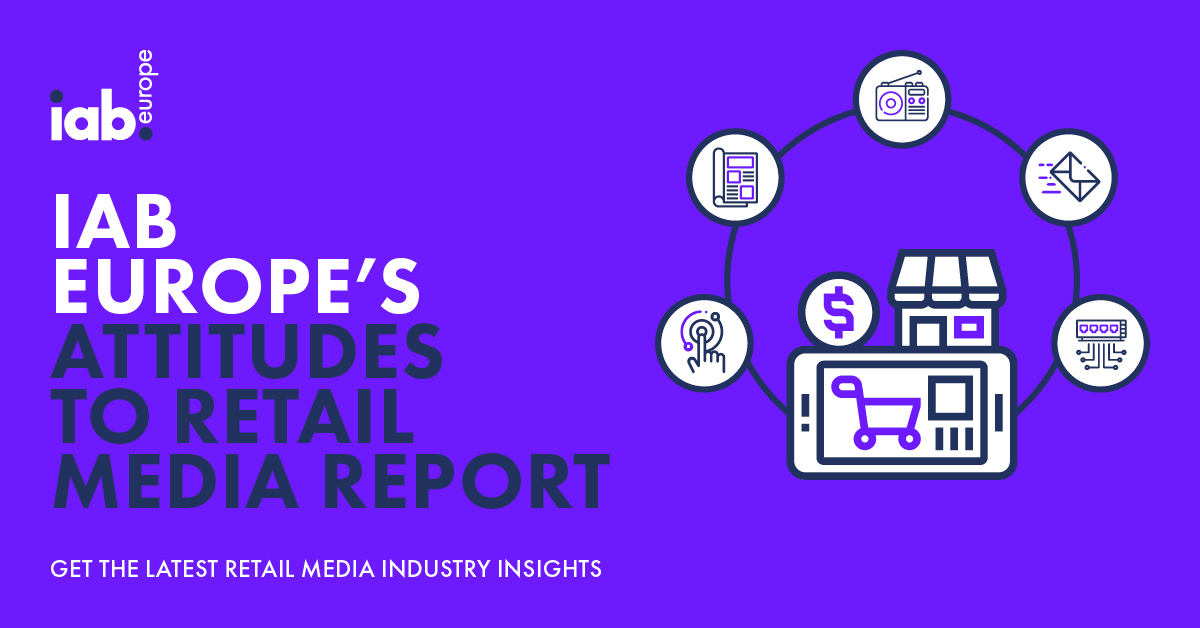According to data from market research firm Dynatrace, a majority of consumers – 61% – expect pages within mobile retail apps to download completely in four seconds or less. Anything longer than that, and retailers risk frustrating their users and having them abandon the app or perhaps uninstall it completely.
And yet, most retail apps fall well short of this goal. By including too many requests or making the total file size too large, and by not optimizing their app’s overall performance, most major retail apps take at least two or three times that desired amount of time to download the main page.
PacketZoom’s Mobile App Retail Index benchmarks the performance of selected popular retail applications. The Index focuses on the most frequently visited page of each app and ranks them by average download time.
The variability in download time is a result of both app infrastructure and design methodology. Brands that are ranked high are likely to use either advanced mobile acceleration technologies or minimal design approach (or both).
In addition to the current performance, the Mobile App Retail Index lists the download time of each app using PacketZoom Mobile Expresslane technology.
As seen in the charts above, Sephora is the only major retail app we looked at that kept the download time for its main screen under the four second threshold. Walmart came close at 4.1 seconds. Both Sephora and Walmart adopted a design that promotes more requests while keeping the page lightweight (low KB), thereby ensuring faster load times.
However, major retailers such as Zappos, Home Depot, Kohl’s and others failed to follow best practices, and their apps’ download times suffered accordingly, with download times of their app’s main screens approaching 30 seconds or longer — an insufferably long time for today’s consumers.
Similar to web pages, mobile pages represent essentially a collection of content elements that are fetched from the server and rendered on the user app. From a networking point of view the communication back and forth is very similar between the two platforms, and as such the size of the content download combined with the number of elements that has to be fetched will affect the number of network round trips that will take place to download the entire page.
Other than the app design itself, other factors that affect the app performance are the network conditions, which may vary from one geo-location to the other. The CDN utilized by the app publisher also plays a role in app performance, and a recent PacketZoom report reveals that indeed Mobile app publishers have moved away from traditional CDN’s and are adopting newer ones (such as Amazon Cloudfront) that were created with mobile developers in mind.
In order to optimize app page download times, we recommend proper testing and monitoring using real devices to take place during the design stage and not after the fact. Too many mobile departments are “driving blind” by not having real time access to user experience data. Real user monitoring for mobile apps is not difficult to employ and is offered by PacketZoom along with our Mobile Expresslane in-app technology.








